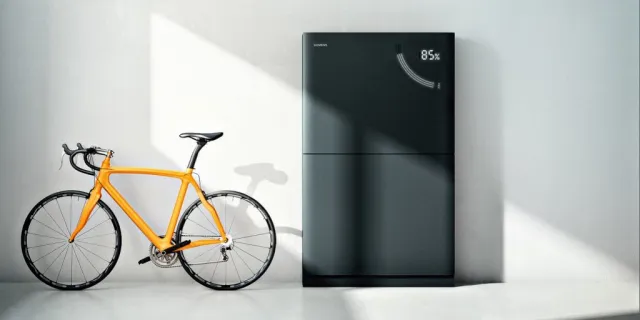Residential storage in Europe to grow 500% by 2024
Aug 9, 2019 05:01 PM ET
- A new report from analysts at Wood Mackenzie forecasts 6.6 GWh of residential energy storage to be installed across Europe by 2024. The economics of the technology are at a tipping point, increasingly reaching grid parity in European markets. With rising electricity demand and falling battery system costs, the trend will further spread across the continent and fuel an uptick in demand.

The European residential storage market is on track for a five-fold increase in capacity over the next five years. A confluence of rising electricity prices due to pending infrastructure updates and increasing electrification of various sectors, as well as a continued reduction in system prices for energy storage, are likely to enable 6.6 GWh of residential storage to be added by 2024.
A team of analysts at Wood Mackenzie came to this conclusion in the outfit’s latest report, Europe Residential Energy Storage Outlook 2019. Thereby Europe is already the world’s most active market for residential storage products, with Germany leading the pack. Thanks to anticipated diversification of the market, the region’s installation volumes are expected to double to 0.5 GW/ 1.2 GWh by 2024.
“Off the back of Germany’s success, residential storage is beginning to proliferate in other European countries, particularly where market structures, prevailing power prices and disappearing feed-in tariffs create a favorable early-stage deployment landscape,” explained Rory McCarthy, Wood Mackenzie senior research analyst.
According to McCarthy, the economics will play out in favor of storage. Wood Mackenzie asserts that in Germany, Italy and Spain, the market is moving towards grid parity for solar-plus-storage in the residential segment. That is achieved when the costs per kilowatt-hour of power from the grid are the same as for the solar-plus-storage system.
“Our modeling shows positive economics – net present values (NPVs) and internal rates of return (IRRs) – in Italy by 2021 and Germany by 2022. added McCarthy. “Although these two countries have embraced residential storage more than others, we expect this trend to diffuse through Europe – moving the proposition from an emotive purchase to a sound investment decision. Although positive NPVs are not essential for market growth, evidenced by strong growth in Germany and Italy to date, they assist with mass adoption and market uptick.”
Upfront investment remains a strong financial barrier. “There is a hefty premium for adding storage to a solar installation – 93% in our Germany 2019 base case,” McCarthy suggests. To offset this, he claims that more innovative business solutions could ease up customer propositions. “Electricity price increases, along with consumers’ desire to live in a more environmentally sustainable household, may be enough to drive the residential business case across the line.”
Still, the team highlights that with uptake in electric mobility and rising demand for electricity resulting from the electrification of more and more industrial sectors, electricity prices are likely to surge. This is accompanied by the need for infrastructure updates, which would further drive prices upward. These developments will continue to play out in favor of residential storage.
The Spanish market could likely recover from its infamous solar tax. Spain’s government had introduced a tax on self-consumption, alongside other measures that have hit the otherwise sunny region’s solar market hard. Equipped with a new government and nudging safeguards from the European Commission, the Spanish market has returned to former glory over the past year. While the effects of the policy shift are already visible in the utility-scale segment – Spain will likely become Europe’s largest market in 2019 – and this trajectory will be followed by the residential market, the analysts believe.
On a more sobering note, the team points out that grid parity for such systems often hinges on supportive policy frameworks. In the U.K. and France, the analysts do not expect grid parity to set in during the reporting period until 2024. The team adds, however, that in both markets they expect current deployment levels to continue irrespective of this unfavorable development.
In a similar market scenario, Japan’s residential storage market is ready for take-off, and CATL’s recent entry to the market is indicative of global players interest in tapping these early mover solar markets. Around half a million households began installing solar systems in 2009 to receive a ten-year feed-in tariff set at JPY 48/kWh ($0.44). With the first of those FIT payment agreements expiring this year, demand is rising for residential energy storage solutions.
Although Japan’s leading utility has pledged to keep paying for excess solar power generated by household systems, the JPY 10/kWh on offer is well below the average electricity price of JPY 23.35/kWh recorded by the Japanese Agency for Natural Resources and Energy between 2011 and 2016. Germany and Italy are set to head down the same route in a few years.
Also read


